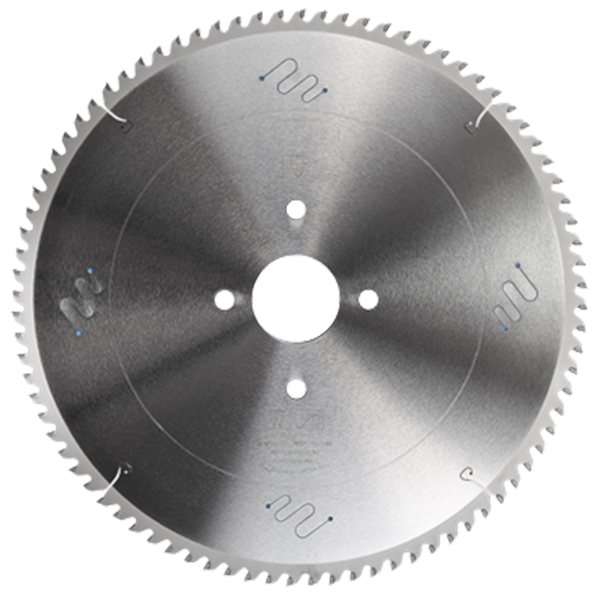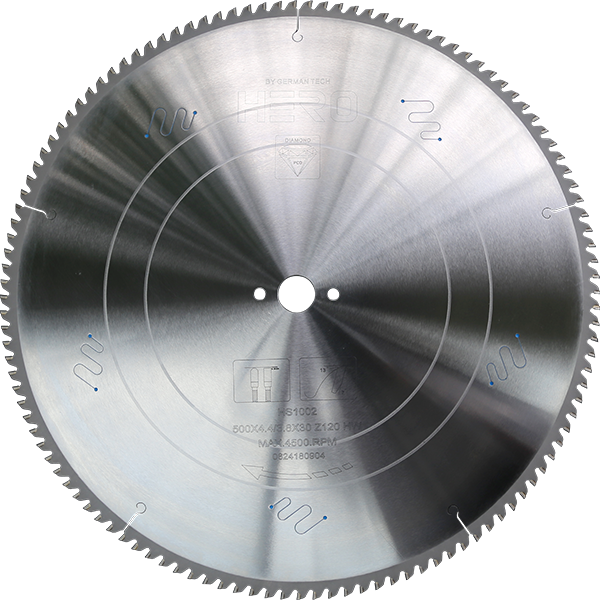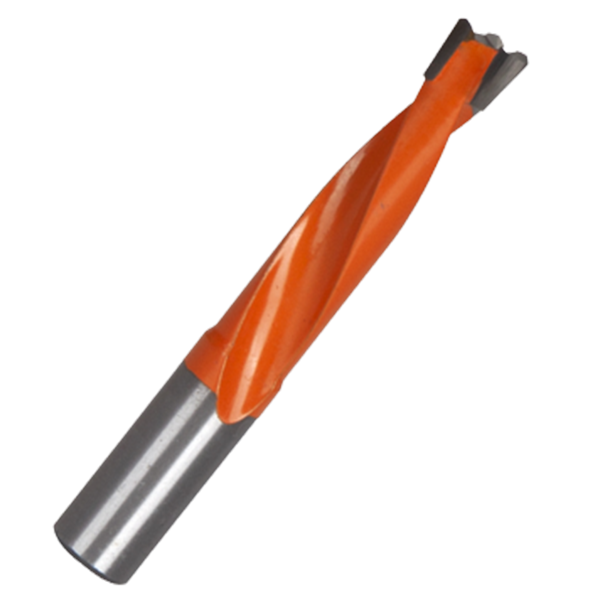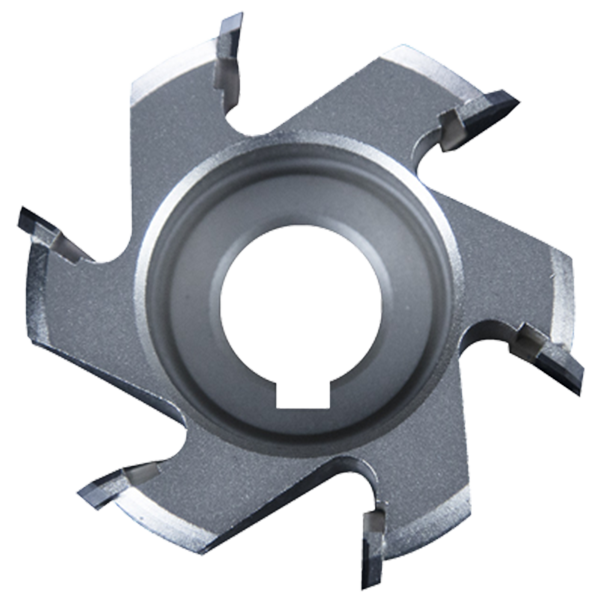introduction
Metalworking has always been at the core of manufacturing, spanning across sectors such as construction, automotive manufacturing, aerospace, machinery production, and many others.
Traditional metal cutting methods, such as grinding or oxy-fuel cutting, while effective, often come with high heat generation, substantial waste, and extended processing times. These challenges have sparked the demand for more advanced solutions.
There are many differences between the two saws that most people do not know.
Only with the correct cutting tool capable of providing precise and rapid cuts without distorting the material is precise and fast cutting possible. Cold-cut and abrasive saws are two of the most popular options; choosing between them might be difficult.
Many complexities are involved, and as an industry specialist, I’ll shed some light on the subject.
Table of Contents
-
Dry cut cold saws
-
Abrasive chop saw
-
Difference Between Cold Cut Saws and Abrasive Saws
-
Conclusion
Dry Cut Cold Saws
Dry cut cold saws are known for their accuracy, producing clean and burr-free cuts, which reduce the need for additional finishing or deburring work. The absence of coolant results in a cleaner work environment and eliminates the mess associated with traditional wet cutting methods.
Key features of dry cut cold saws include their high-speed circular blades, often equipped with carbide or cermet teeth, which are specifically engineered for metal cutting. Unlike traditional abrasive saws, dry cut cold saws operate without the need for coolant or lubrication. This dry cutting process minimizes heat generation, ensuring that the structural integrity and properties of the metal remain intact.
A cold saw produces precise, clean, milled finish cuts, whereas a chop saw may wander and produce a finish that usually necessitates a subsequent operation to de-burr and square-up after the item cools down. Cold saw cuts may usually be moved down the line without requiring a separate operation, which saves money.
Suitable machinery: Metal Cold Cutting Saw
Cutting materials: Dry metal cold sawing is suitable for processing low alloy steel, medium and low carbon steel, cast iron, structural steel and other steel parts with a hardness below HRC40, especially modulated steel parts.
For example, round steel, angle steel, angle steel, channel steel, square tube, I-beam, aluminum, stainless steel pipe (when cutting stainless steel pipe, special stainless steel sheet must be replaced)
While a cold saw isn’t as much fun as a chop saw, it produces a smooth cut that allows you to finish the task quickly. It is no longer necessary to wait for your material to cool after it has been cut.
Abrasive Chop Saw
Abrasive saws are a type of power tool that use abrasive discs or blades to cut through various materials, such as metals, ceramics, and concrete. Abrasive saws are also known as cut-off saws, chop saws, or metal saws.
Abrasive saws work by rotating the abrasive disc or blade at a high speed and applying pressure to the material to be cut. The abrasive particles on the disc or blade wear away the material and create a smooth and clean cut.
Unlike cold-cut saws, abrasive saws grind through materials using a disposable abrasive disc and a high-speed motor. Abrasive saws are fast and efficient, which makes them excellent for cutting softer materials like aluminum, plastic, or wood. They are also less expensive and smaller in size than cold-cut saws.
However, the abrasive saw generates a lot of sparks, which causes thermal damage and discoloration to the workpiece and necessitates further processing finishes. Furthermore, abrasive saws have a shorter lifespan and necessitate frequent blade changes, which can add up over time and raise the overall cost.
It is distinguished by the type of blade or disc it employs. An abrasive disc, similar to those used on grinding wheels but considerably thinner, performs the cutting action of this type of saw. The cutting wheel and motor are normally positioned on a pivoting arm that is coupled to a fixed base. To secure materials, the base frequently has a built-in vise or clamp.
The cutting disk is typically 14 in (360 mm) in diameter and 764 in (2.8 mm) in thickness. Larger saws can employ discs with a diameter of 16 in (410 mm).
Difference Between Cold Cut Saws and Abrasive Saws
One thing to be wary of is the rated RPM differences between abrasive wheels and carbide tipped blades. They can be quite varied. And then more importantly, there are many differences in RPM in each product family depending on size, thickness and type.
Deciding Factors
Safety
Visibility should be a major focus when using a sand saw to avoid any potential eye dangers. Grinding blades produce dust that can cause lung damage, and sparks can cause thermal burns. Cold-cut saws generate less dust and no sparks, making them safer.
Color
Cold cutting saw: the cut end surface is flat and as smooth as a mirror.
Abrasive saws : High-speed cutting is accompanied by high temperature and sparks, and the cut end surface is purple with many flash burrs.
Efficiency
Efficiency: The cutting speed of cold saws is much faster than that of grinding saws on different materials.
For common 32mm steel bars, using our company’s saw blade test, the cutting time is only 3 seconds. The Abrasive saws needs 17s.
Cold sawing can cut 20 steel bars in one minute
Cost
Although the unit price of cold saw blades is more expensive than grinding wheel blades, the service life of cold saw blades is longer.
In terms of cost, the cost of using a cold saw blade is only 24% of that of a Abrasive saws .
Compared with chop saws, cold saws are also suitable for processing metal materials, but they are more efficient.
Summarize
-
Can improve the quality of sawing workpieces -
The high-speed and soft curve reduces the impact of the machine and increases the service life of the equipment. -
Improve sawing speed and productivity efficiency -
Remote operation and intelligent management system -
Safe and reliable
Conclusion
Whether cutting hard metal, soft materials, or both, cold cut saws and abrasive saws are high-performance cutting tools that can increase your productivity. Ultimately, the choice should depend on your unique cutting needs, requirements, and budget.
Here I personally recommend the cold saw, as long as you get started and complete the basic operations.
The efficiency and cost savings it brings are far beyond the reach of Abrasive Saws.
If you are interested in cold sawing machines, or want to learn more about the applications and benefits of cold sawing machines, we recommend that you delve deeper and explore the various features and functions of cold sawing machines. You can get more information and advice by searching online or consulting a professional cold saw machine supplier. We believe that cold saw machines will bring more opportunities and value to your metal processing career.
If you are interested,we can provide you best tools.
We are always ready to provide you with the right cutting tools.
As a supplier of circular saw blades, we offer premium goods, product advice, professional service, as well as a good price and exceptional after-sales support!
In https://www.koocut.com/.
Break the limit and move forward bravely! It’s our slogan.
Post time: Oct-30-2023






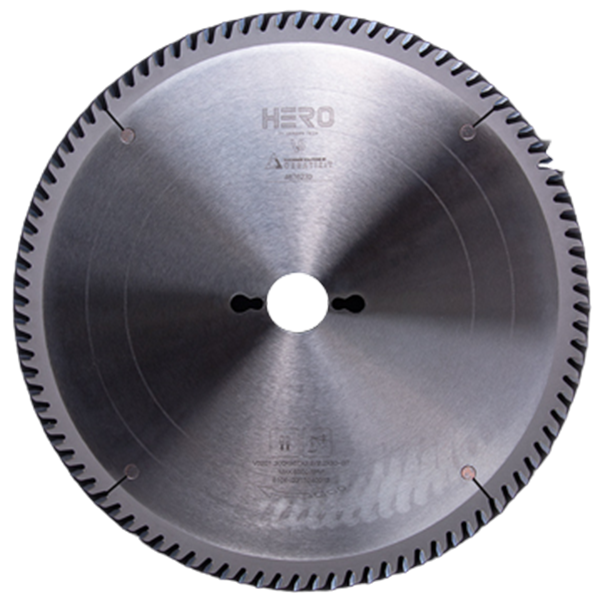 TCT Saw Blade
TCT Saw Blade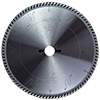 HERO Sizing Saw Blade
HERO Sizing Saw Blade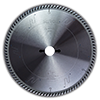 HERO Panel Sizing Saw
HERO Panel Sizing Saw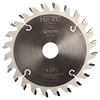 HERO Scoring Saw Blade
HERO Scoring Saw Blade HERO Solid Wood Saw Blade
HERO Solid Wood Saw Blade HERO Aluminum Saw
HERO Aluminum Saw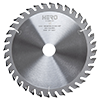 Grooving Saw
Grooving Saw Steel Profile Saw
Steel Profile Saw Edge Bander Saw
Edge Bander Saw Acrylic Saw
Acrylic Saw PCD Saw Blade
PCD Saw Blade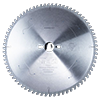 PCD Sizing Saw Blade
PCD Sizing Saw Blade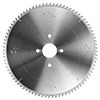 PCD Panel Sizing Saw
PCD Panel Sizing Saw PCD Scoring Saw Blade
PCD Scoring Saw Blade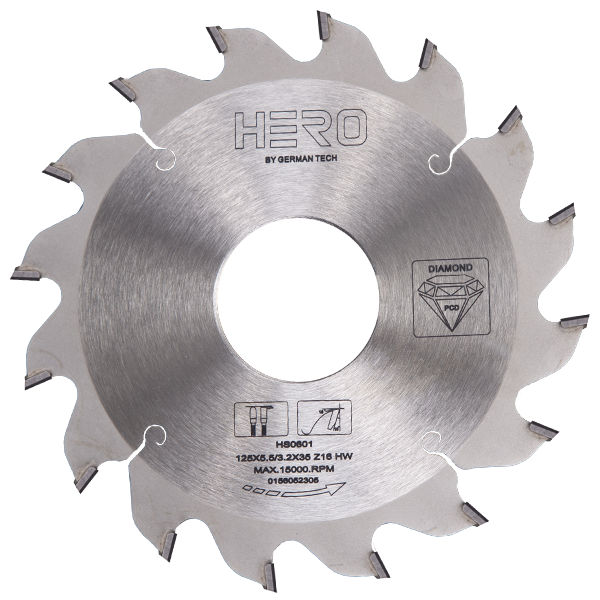 PCD Grooving Saw
PCD Grooving Saw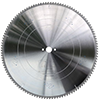 PCD Aluminum Saw
PCD Aluminum Saw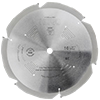 PCD Fiberboard Saw
PCD Fiberboard Saw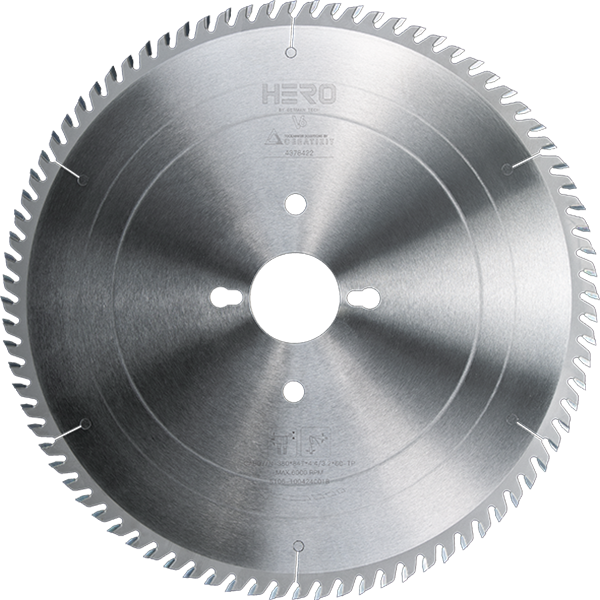 Cold Saw for Metal
Cold Saw for Metal Cold Saw Blade for Ferrous Metal
Cold Saw Blade for Ferrous Metal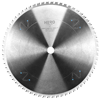 Dry Cut Saw Blade for Ferrous Metal
Dry Cut Saw Blade for Ferrous Metal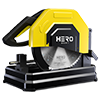 Cold Saw Machine
Cold Saw Machine Drill Bits
Drill Bits Dowel Drill Bits
Dowel Drill Bits Through Drill Bits
Through Drill Bits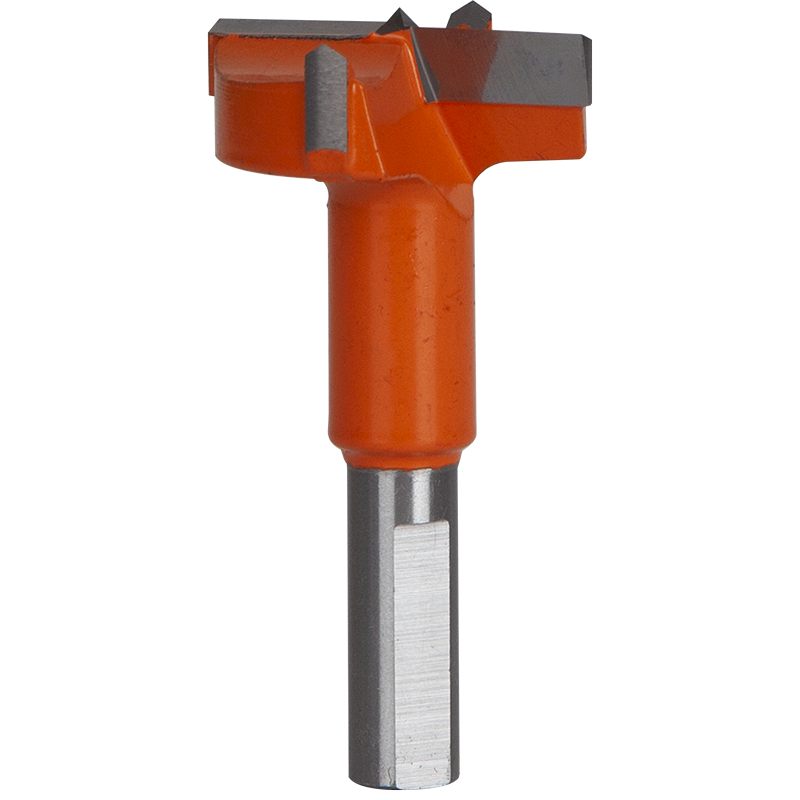 Hinge Drill Bits
Hinge Drill Bits TCT Step Drill Bits
TCT Step Drill Bits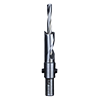 HSS Drill Bits/ Mortise Bits
HSS Drill Bits/ Mortise Bits Router Bits
Router Bits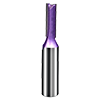 Straight Bits
Straight Bits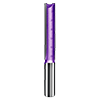 Longer Straight Bits
Longer Straight Bits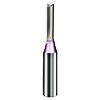 TCT Straight Bits
TCT Straight Bits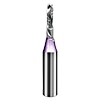 M16 Straight Bits
M16 Straight Bits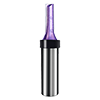 TCT X Straight Bits
TCT X Straight Bits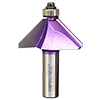 45 Degree Chamfer Bit
45 Degree Chamfer Bit Carving Bit
Carving Bit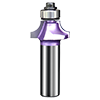 Corner Round Bit
Corner Round Bit PCD Router Bits
PCD Router Bits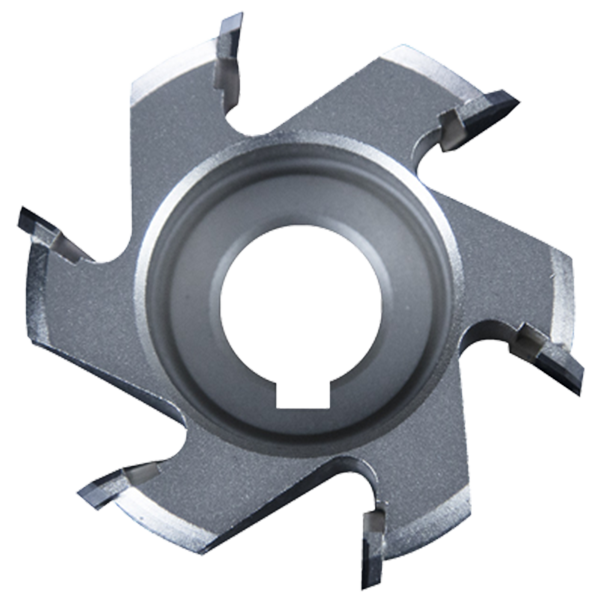 Edge Banding Tools
Edge Banding Tools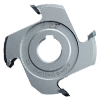 TCT Fine Trimming Cutter
TCT Fine Trimming Cutter TCT Pre Milling Cutter
TCT Pre Milling Cutter Edge Bander Saw
Edge Bander Saw PCD Fine Trimming Cutter
PCD Fine Trimming Cutter PCD Pre Milling Cutter
PCD Pre Milling Cutter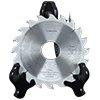 PCD Edge Bander Saw
PCD Edge Bander Saw Other Tools & Accessories
Other Tools & Accessories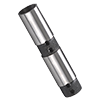 Drill Adapters
Drill Adapters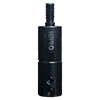 Drill Chucks
Drill Chucks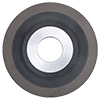 Diamond Sand Wheel
Diamond Sand Wheel Planer Knives
Planer Knives
